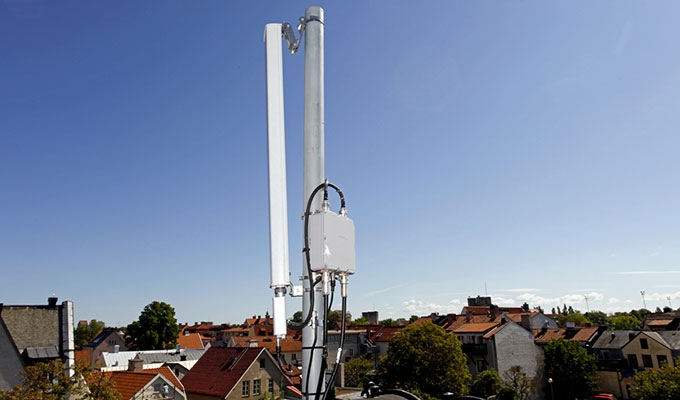Here I write down some passive characteristics definition for antenna which include Port Isolation, Power capacity, Input Port of Antenna, Passive Intermodulation (PIM) and Dimensions and Weight of Antenna.
For multi-port antennas, such as dual polarization antenna and dual band dual polarization antenna, the isolation must exceed 30 dB when the Rx port is the TX port.
Power Capacity
It is the average power capacity. The antenna comprises of coupling parts, such as matching, balancing, and phase shift, so it can bear a limited power. If the power of a carrier is 20 W and a port of the antenna can support four carriers at most, the maximum input power of antenna is 80 W. therefore, the power capacity per port shall exceed 150 W (in a 65°C ambient temperature).
Input Port of Antenna
To improve the reliability of passive intermodulation and RF connection, the input port of antenna is 7/16 DIN-Female. Before the antenna is used, there shall be a protective cap over the port to avoid generating oxide or absorbing impurity.
Passive Intermodulation (PIM)
The passive intermodulation is caused by non-linearity of the part when the passive parts like connectors, feeders, antennas, and filters work under high power of multi-carrier. The passive parts are usually considered linear but they may have non-linearity to some degree under high power due to the following factors:
- The contact between different metals
- The contact between the same metal with rough surface
- Loose connection
- Rusty or water filled connection
- Magnetic objects
The intermodulation product interferes with communication systems, and especially the intermodulation products in the receiver band have severe impact on the receiving performance of system. As a result, there are strict requirements on the intermodulation feature of passive parts like connectors, cable, and antennas as below:
- Passive intermodulation index of connects: ≤ –150 dBc
- Passive intermodulation index of cable: ≤ –170 dBc
- Passive intermodulation index of antenna: ≤ –150 dBc
Dimensions and Weight of Antenna
To facilitate storage, transport, installation, and safety, the antenna is required to have a size as small as possible and a weight as light as possible when all the electrical specifications are met.
The operators have more and more strict requirements on the dimensions, weight, and outlook of antenna, so you must focus on both the technical and non-technical specifications upon antenna selection. In urban areas, the antenna of eNodeB shall be light, small, and beautiful. In suburban and rural areas, there is no such restriction.
